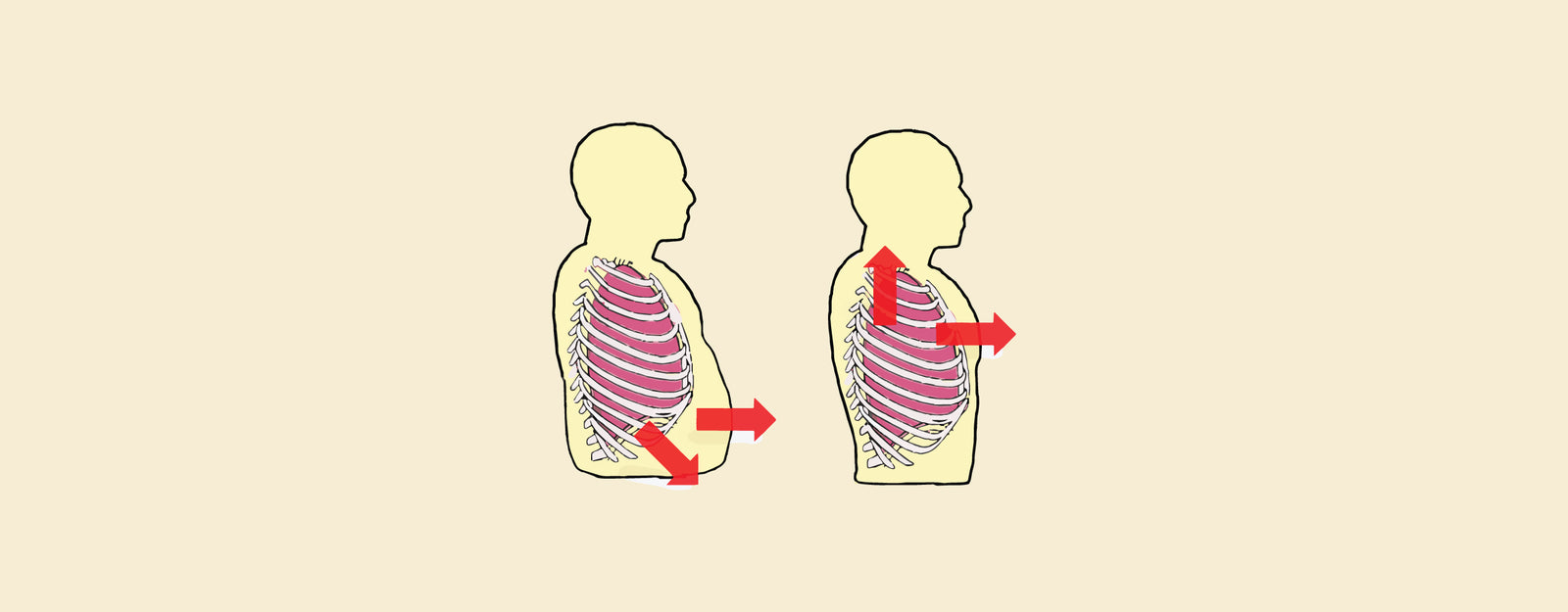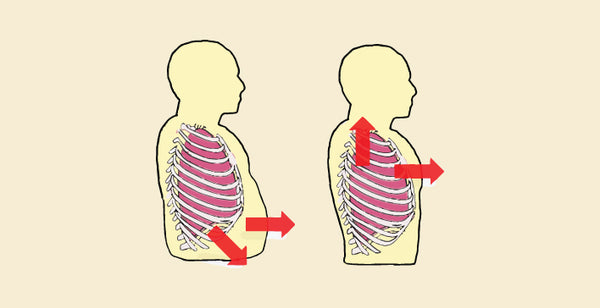Epicardium vs Pericardium: While their names share a root, Epicardium and Pericardium are different components of the heart's protective membrane. The pericardium, a sac-like tissue, acts as a knight's armour for the heart. Its two major layers provide a dual tier of defence. The fibrous pericardium is the heart's outer covering, which provides structural support and protects it from external forces. In contrast, the inner layer, the serous pericardium, has a considerably more fragile and divided structure. The parietal pericardium creates the sac's outside lining and adheres to the fibrous pericardium. But the narrative does not stop there. The serous layer folds back on itself, forming a thin layer known as the epicardium that is in direct touch with the heart muscle. So, the epicardium is just an extension of the pericardium, forming a close embrace around the heart itself.
Difference Between Epicardium and Pericardium
Epicardium and pericardium are both parts of the protective covering of the heart, but they have distinct structures and functions. Given below are the differences between epicardium and pericardium:
|
Feature |
Epicardium |
Pericardium |
|
Location |
Outermost layer of heart wall |
Surrounds and protects the heart |
|
Composition |
Thin layer of connective tissue and mesothelium |
Fibrous tissue (fibrous pericardium) and serous membrane (serous pericardium) |
|
Function |
Provides smooth surface, reduces friction |
Protects the heart, anchors it, prevents overfilling |
|
Thickness |
Thin |
Thicker and tougher |
|
Vascularization |
Highly vascularized |
Poorly vascularized |
|
Innervation |
Innervated by autonomic nerves |
Innervated by phrenic nerves |
|
Mobility |
Fixed in position, adherent to myocardium |
Exhibits some degree of mobility |
|
Surface Texture |
Smooth |
Rough |
|
Development |
Develops from splanchnic mesoderm |
Develops from both somatic and splanchnic mesoderm |
|
Pathologies |
Inflammation or damage to outer layer |
Includes pericarditis, pericardial effusion, constrictive pericarditis |
Order the Best Jogger Scrub from Here!
What is Epicardium?
The epicardium is therefore the innermost component of the pericardium that comes into direct contact with the heart muscle, whereas the pericardium is the overall sac that protects and lubricates the heart.
Browse Best Scrubs Collection
Key Features of Epicardium:
- Imagine the heart as an orange. The epicardium is the thin, outermost peel that adheres directly to the heart muscle itself.
- The epicardium is officially considered a component of the major heart muscle (myocardium), while being distinct from it. It has the same embryonic origin and functions in unison with the myocardium.
- The epicardium is important because it houses the coronary arteries and veins that provide blood to the heart muscle, ensuring that it is fed and working appropriately.
- The epicardium has a thin layer of fat tissue. This layer, while relatively small, helps to insulate the heart and provide structural support.
What is Pericardium?
The pericardium is a sac-like structure that surrounds the heart. It consists of two primary layers: a robust, outer fibrous layer for protection and an inside, delicate serous layer. The serous layer is divided into two parts: the visceral layer, known as the epicardium, which attaches directly to the heart's surface, and the parietal layer, which lines the inner wall of the fibrous sac.
Explore All Women's Scrub
Key Features of Pericardium:
- The pericardium surrounds the whole heart like a loose sack. This double-layered sac offers critical protection from external pressure, accidents, and even infections.
- The pericardium consists of two layers: fibrous (outer) and serous (inner). The fibrous layer provides strong, flexible support, and the serous layer produces lubricating fluid that reduces friction during heartbeats.
- Between the two pericardial layers there is a potential area filled with lubricating fluid. This fluid decreases friction between the heart and the pericardium, allowing the heart to function more smoothly and effectively.
- While the pericardium is essential, excess fluid (pericardial effusion) or inflammation (pericarditis) can impair heart function and necessitate medical intervention.
Shop Best Lab Coats from Here!
Similarities Between Epicardium and Pericardium
- The epicardium and pericardium form the heart's protective covering.
- They perform critical functions in keeping the heart healthy and functioning properly.
- Both are made out of connective tissue, but with differing compositions.
- They help to reduce friction during heart contractions.
- Both the epicardium and the pericardium are innervated, but by separate neural paths.
- They are required for the structural integrity and effective functioning of the heart.
- Both structures are implicated in various heart diseases, but through differing presentations and causes.
- Both the epicardium and pericardium are formed from embryonic mesoderm.
- Anatomically, they are closely related, with the epicardium located right under the visceral layer of the serous pericardium.
- Dysfunction or injury to the epicardium or pericardium can cause serious cardiac problems and limitations.
Although the epicardium and pericardium appear to be different entities, they are in fact inextricably linked. The pericardium, a two-layered sac, surrounds the heart. Its fibrous pericardium, or stiff outer layer, offers stability. The inner layer, the serous pericardium, folds back over itself, forming two surfaces. The outer surface adheres to the fibrous layer, while the inner surface, known as the epicardium, forms the outermost layer of the heart. The epicardium, made up of tissue and fat, secretes lubricating fluid and aids in heart growth and damage response. So, while the epicardium is technically a component of the pericardium, recognising their separate tasks is critical to understanding how they collaborate to protect and sustain the heart.















